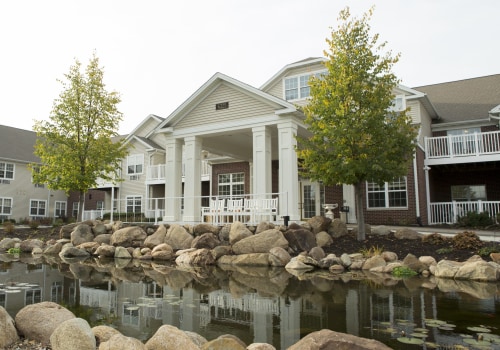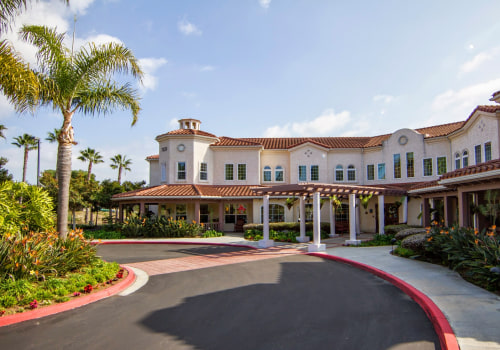The typical assisted living resident is an elderly person who has experienced a slight deterioration in their overall health, usually due to injury, illness, or simply because of aging. They may experience difficulty performing daily functions, such as bathing or dressing, or have mental impairment. Slip and fall accidents are the most common type of injury among residents of assisted living facilities. The resulting injuries can range from moderate to severe and can include broken bones, lacerations, contusions, head injuries, sprains, and even premature death.
Even in cases with minor injuries, a slip and fall accident can cause a decrease in the patient's willingness and willingness to participate in activities due to fear of falling again. Because assisted living facilities have a duty to care for their patients, they can be subject to costly litigation after a slip and fall accident. Research shows that 88% of nursing home patients are 65 years or older, while 45% of patients are over 85 years old. Patients who benefit from nursing homes are those who need 24-hour medical or nursing care or who are recovering from surgery or illness and need temporary care.
Self-living apartments are ideal for older people who don't need personal or medical attention, but who want to live with other older people who share similar interests. At most independent living centers, seniors can take advantage of planned community events, field trips, shopping trips, and local projects. These apartments are not licensed or regulated. Adult homes are licensed and regulated for the temporary or extended residence of adults who cannot live independently.
They usually include supervision, personal care, household chores, and three meals a day. Enriched housing is similar to adult housing, with the exception that older people live in separate housing units. They offer a minimum of one meal per day and are authorized by the State Department of Health. Family-type homes provide long-term residential care, cleaning service, and supervision for four or fewer adults unrelated to the operator.
The Department of Social Services oversees its operations. In cases where a resident's status may prevent them from seeking assistance or asking for help, special rules are followed so that the resident can remain in an assisted living environment. Residents' rights: Assisted living centers allow people to remain independent for as long as possible in an environment that maximizes the autonomy, dignity, privacy and safety of the individual, in addition to emphasizing family and community participation. Depending on the assisted living community and its license, most residents can generally request assistance or ask for help in case of emergency.
However, nursing homes do consider special dietary needs as part of health services for their patients. Assisted living communities are a lot like independent living communities in that they offer the same types of social and lifestyle benefits. Assisted living facilities, also known as collective housing, residential care, adult group care, boarding schools or home care, are suitable for people who need very little daily care. The idea that a loved one might need the professional care of a nursing home or assisted living facility can be difficult and stressful for both of us.
Housing Arrangements and Services: Assisted living residents typically live in their own semi-private or semi-private apartments which include a furnished or unfurnished bedroom, a kitchen area, and a bathroom. They have access to many services including up to three meals a day; assistance with personal care; help with medications; cleaning and laundry; 24-hour supervision; security; and on-site staff; as well as social and recreational activities. Currently there is no federal regulatory policy for assisted living facilities but as the need for assisted living facilities grows at an increasingly rapid rate many states are rushing to create regulatory systems. When older people moved to assisted housing 87% of residents and 78% of family members reported being satisfied or very satisfied with their overall experience in the community.
Older people who live
in assisted living facilities tend to enjoy better health allowing them to participate in recreational activities.Most assisted living residents pay for this type of care with their personal resources (“private payment”) or with the help of the limited coverage offered by long-term care insurance. Assisted living centers provide their patients with the comfort of a home environment; provide them with the necessary services they need; and give their families the peace of mind of knowing that their loved one is being cared for.








